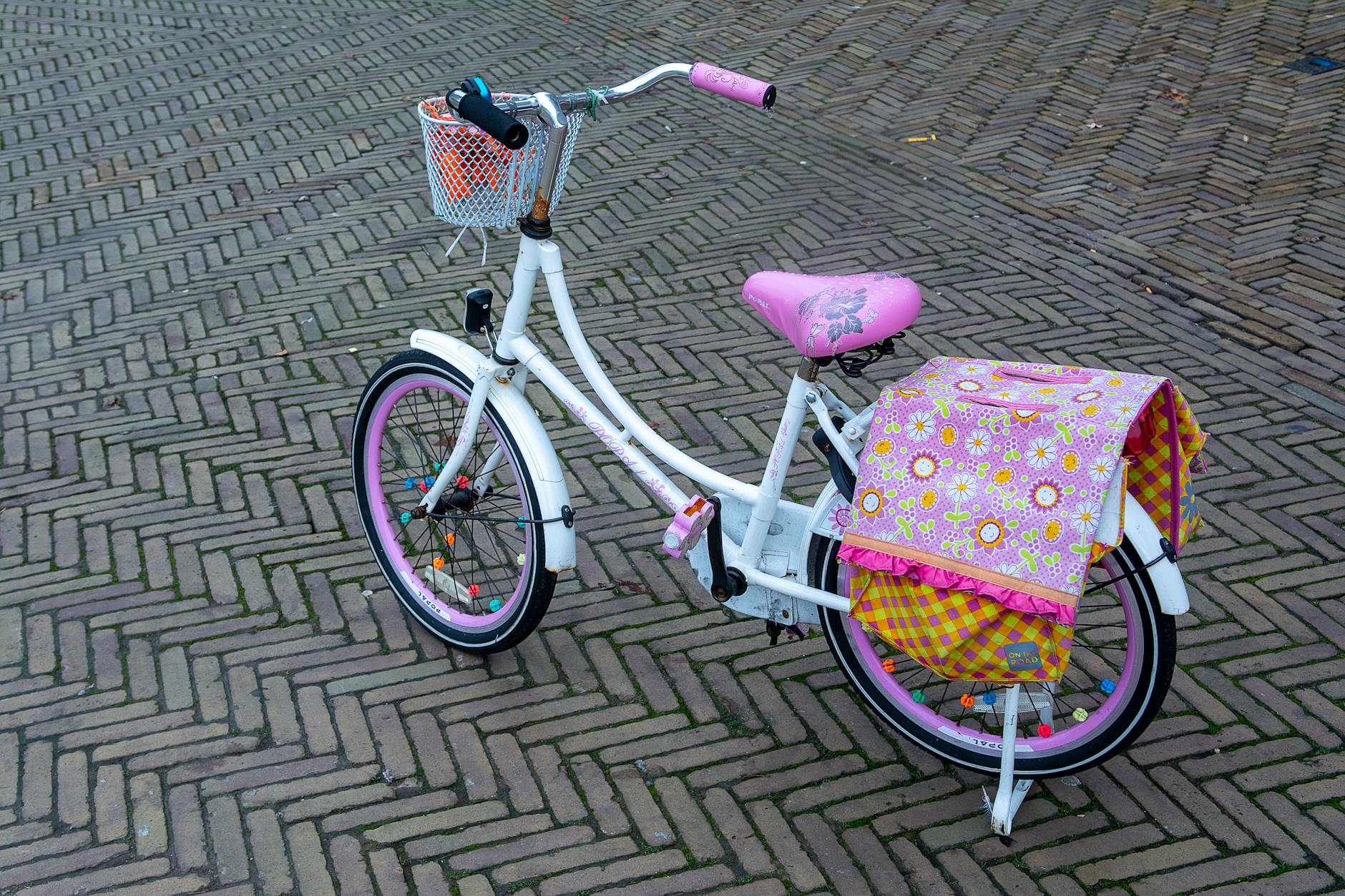Unlock the secret to finding the perfect bike size for your child with this step-by-step guide to riding right!
Table of Contents
When it comes to introducing children to the world of cycling, choosing the right bike size is crucial. Not only does it ensure their safety and comfort while riding, but it also sets the foundation for a lifelong love of cycling. In this comprehensive guide, we will walk you through the process of selecting the perfect bike size for your child, along with essential safety tips for cycling with kids.
How to Choose the Right Bike Size for Children
Before you start browsing through the endless options of children’s bikes, it’s essential to know how to determine the correct size for your child. The two main measurements to consider are the child’s inseam and height.
Start by measuring your child’s inseam, which is the distance from the floor to their crotch. This measurement will help you determine the standover height of the bike, ensuring that your child can comfortably straddle the bike with both feet on the ground.
Next, measure your child’s height to determine the appropriate bike size. Use a sizing chart provided by the bike manufacturer to match your child’s height with the corresponding bike size. Keep in mind that different brands may have slightly different sizing charts, so it’s essential to refer to the specific one for the bike you are considering.
Safety Tips for Cycling with Kids
Once you have selected the right bike size for your child, it’s crucial to prioritize safety while cycling. One of the most important safety measures is ensuring that your child wears a properly fitted helmet at all times while riding. Helmets should sit level on the head and be securely fastened under the chin to provide maximum protection in case of a fall.
In addition to helmets, it’s essential to teach your child the rules of the road and basic cycling safety practices. This includes obeying traffic signals, using hand signals to indicate turns, and staying alert to their surroundings. Set a good example by following these rules yourself while cycling with your child.
When selecting cycling routes for children, opt for quiet neighborhood streets, bike paths, or parks with designated cycling areas. Avoid busy roads and intersections where the risk of accidents is higher. Be sure to supervise your child closely, especially if they are still learning to ride independently.
Best Balance Bikes for 2-Year-Olds
For younger children, balance bikes are an excellent option to help them develop their balance and coordination before transitioning to a pedal bike. These bikes have no pedals, allowing children to focus on learning how to balance and steer using their feet.
When choosing a balance bike for a 2-year-old, look for models with adjustable seat heights, lightweight frames, and durable tires. Some popular options include the Strider 12 Sport, the Chicco Red Bullet, and the Cruzee UltraLite Balance Bike. These bikes are designed to grow with your child and provide a stable platform for learning to ride.
Investing in a balance bike for your 2-year-old can set them on the path to becoming confident cyclists in the future. Encourage them to practice regularly and provide support and encouragement as they develop their skills.
Helpful Accessories for Cycling with Kids
In addition to choosing the right bike size and prioritizing safety, there are several accessories that can enhance your child’s cycling experience. Bike trailers are a great way to transport younger children who may not yet be able to ride independently. These trailers attach to the back of your bike and provide a secure and comfortable space for your child to ride along.
If your child is ready to ride on their own but still needs some assistance, consider a child bike seat that attaches to the back of your bike. These seats provide a secure perch for your child to ride along with you and experience the joy of cycling together.
Other essential accessories for cycling with kids include lights, reflectors, and bells to enhance visibility and alert others to your presence on the road. Teach your child how to use these accessories properly and make sure they are always equipped with them while riding.
Conclusion
Choosing the right bike size for your child is a critical step in fostering their love of cycling and ensuring their safety on the road. By following the steps outlined in this guide and prioritizing safety while cycling with kids, you can create positive and memorable experiences that will last a lifetime.
Whether you opt for a balance bike for your 2-year-old or invest in quality safety gear, remember that the most important thing is to enjoy the ride together and create lasting memories that will inspire a lifelong passion for cycling.

